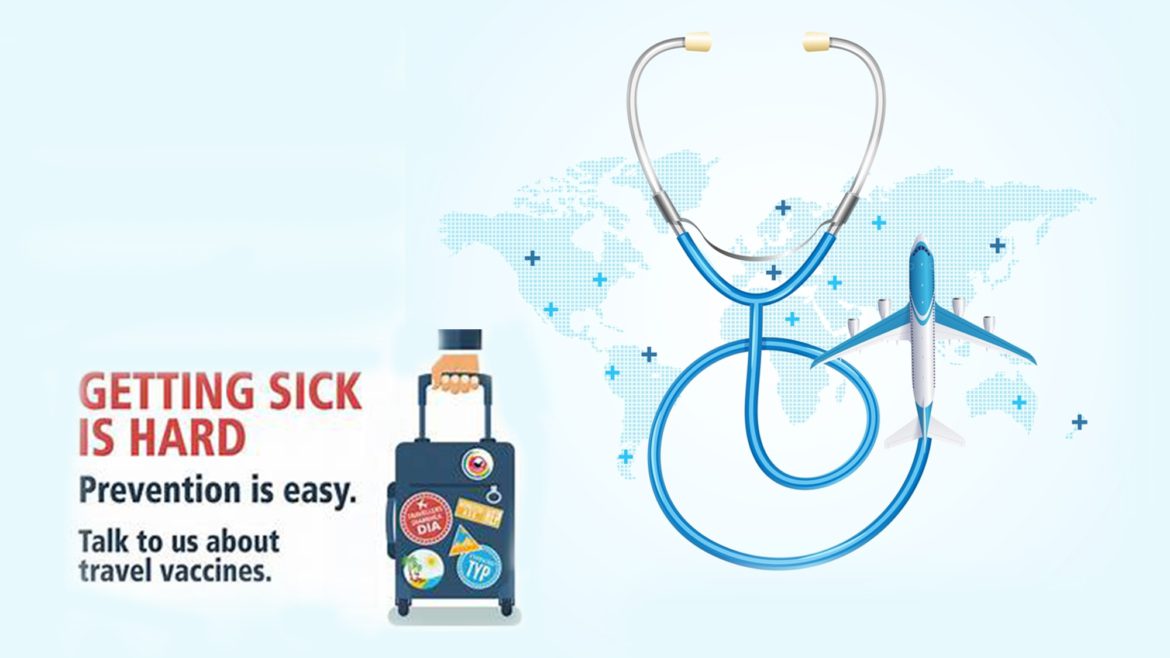Preparing for overseas travel: Objectives
- Recommend proper immunizations according to travel destinations
- Describe principles of malaria prevention and recommended prophylactic medications .
- Describe prevention and treatment of traveler’s diarrhea
- Describe major non-infectious risks for travelers, including high altitude exposures
5. PERSONAL PROTECTION MEASURES to Avoid Mosquitoes :
A) Physical barriers like Bed Nets
B) Treat clothing and gear with Permethrin (repellent pesticide)
Treat clothes and gear (such as boots, pants, socks, and tents) with 0.5 percent
Permethrin or buy clothing and gear treated with Permethrin. Permethrin products should not be applied directly to the skin.
C) Topical repellent registered with EPA like DEET 20-30%, Picaridin, IR 3535, Para-menthane-diol (PMD), 2-undecanone, Oil of Lemon Eucalyptus
- Always follow the directions on the product label.
- Follow the manufacturer’s instructions for reapplying insect repellant.
- Don’t spray repellant on your skin if you’re wearing garments.
- If you’re also using sunscreen, apply it first, then the insect repellent.
D) Wearing long-sleeved shirts and long pants are recommended.
E) Cover openings in your clothing where mosquitoes can get to your skin by tucking shirts into pants and pants into socks.
G) When possible, stay indoors, especially if a mosquito-borne disease alert is in effect.
H) Replace your outdoor lights with yellow “bug” lights, which repel mosquitoes better than regular lights. The yellow lights, on the other hand, are not repellents.
I) Use screens on windows and doors to keep mosquitoes at bay both indoors and out. To keep mosquitoes out, repair gaps in screens.
K) If air conditioning is available, use it.
L) Prevent mosquitos from laying eggs near or in water.
- Empty and scrub anything that hold water, such as mattresses, containers, urns, toys, pools, birdbaths, plant pots, or garbage containers, once a week.
- Look both inside and outside for water containers.
6. PERSONAL SAFETY: SELF-DEFENSE CLASSES, PEPPER SPRAY, NON-SEDUCTIVE CLOTHING AND BEHAVIOR, WEDDING BAND.
7. LIMIT ALCOHOL INTAKE.
8. PREVENTION AND TREATMENT OF COMMON MEDICAL PROBLEMS: UTIs and VAGINITIS
9. EMERGENCY CONTRACEPTION, STD PREVENTION AND TREATMENT, INCLUDING POST-EXPOSURE FOR HIV.



